| Feb 17 |
Archive for the 'Research' Category1 unicorn + 13 heroines = a busy springI have 2 books being published in the space of a couple of weeks this spring. The Legend of the First Unicorn – a picture book about the origins of Scotland’s national animal, written by me and illustrated by Nataša Ilinčić – comes out on 20 Feb (though most of the launch excitement will be around National Unicorn Day on 9 April.) 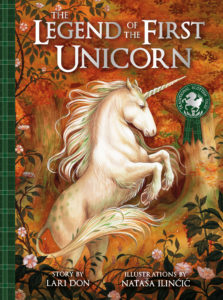 Fierce Fearless & Free – a collection of traditional tales about strong girls defeating their own monsters and solving their own problems, retold by me and illustrated by Eilidh Muldoon – comes out on 5 March, just before International Women’s Day on 8 March . 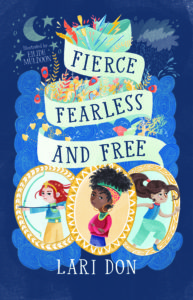 So why does that add up to a busy spring? I’ve already imagined, pitched, researched, drafted, written, edited and proofread the books. Surely I can just move onto the next book now? Well, not really. It would be a bit daft to put all that work (at least a couple of years’ work, for each of them, in amongst writing novels…) into any book, and then not bother to tell people about it! So, over the next few weeks and months I will be: appearing at various festivals doing author events and signings in bookshops visiting schools writing blog posts writing articles doing radio interviews and spending slightly too much time on Twitter … All to share my excitement about the books, tell people about the books and perhaps encourage people to buy the books (though remember you can borrow my books from libraries for FREE…) And it’s all very time-consuming, especially when I have a deadline for the next novel (shh, I’m not allowed to tell people out it yet!) later this spring. But it’s also great fun. I love sharing stories, and seeing readers’ reactions to new books. I hope to meet some of you at events (check out my diary…) or hear feedback about what you think of the two new books! |
| Jul 06 |
Archive for the 'Research' CategorySEARCHING FOR THE STORYOne of the greatest pleasures of writing adventure books set in the Scottish countryside is researching locations: up hills, on beaches, and in lots of beautiful bits of Scotland. But I don’t just go for a wander somewhere pretty! I visit potential locations to find out what’s there, but also to imagine what isn’t… For the Fabled Beast series, I mostly researched locations I already knew from family holidays, like the Ring of Brodgar and Dunvegan Castle, or well-known tourist locations that were easy to find on the map, like Smoo Cave and Dunadd fort. For the Spellchasers trilogy, I revisited woods and rivers and hills and moors that I knew from my Speyside childhood, and looked at them with a writer’s eyes, which was a slightly odd experience. However, for my new series (which doesn’t have a name yet, and I can’t give away any spoilers – mostly because I’m not sure what happens in the end myself…) I’m mostly setting the action in places I’ve never been before, and often choosing to visit places that aren’t well-known, and aren’t always marked on a map… So I might think: I want to defeat this monster, where could we do that? And after a bit of research I find an ancient poem hinting at a mysterious weapon used at a real historical battle, and decide to visit the site of the battle… Or I might think: I want to write about that magical creature, where might she live? I know, perhaps she lives near the childhood home of my favourite folklorist… Or I might say: I love that really obscure fairy tale, I wonder if I can find the (non-existent, magical) hill that fits the story? So it’s like magical geographical detective work, with a fair bit of research and map-reading before I go. And when I get there, even if I can find the right location, it’s never exactly how I’d imagined it… I’m discovering lots of bits of Scotland I didn’t know very well before, and lots of potential locations with historical or folklore connections which I think will be really exciting to write about. Because that’s the point – I do all this research in order to write the best story I can. I visit all these places hoping to imagine new ways to use magic and ambushes and battles and surprises. I sit on rocks or walls or tree stumps, letting the landscape suggest new and exciting ‘what happens nexts’ for me to write, and new and challenging questions for me and my characters to answer. I don’t tend to take photos of locations, because I reckon that if I can’t find the words to describe them when I’m actually standing there, I’m not going to be able to do it when I’m sitting at my desk looking at a photo. But my very helpful location research quest team member and driver sometimes takes pictures of me while I’m scribbling:
Me on a windy rainy hilltop in Annandale. (Having foolishly left the new waterproof notebook in the car, at the bottom of the hill.)
My temporary desk on a sunny day in Angus. I remembered the waterproof notebook (that’s it on top of the OS map) but didn’t need it…
But it’s not just about the where, it’s also about the when. It’s all about the right time of year. I often visit a location at completely the wrong time of year, because I’m writing it at the wrong time of year… The book I’m writing right now is set in early July, ie right NOW, but I’ve been writing it since the start of the year and will be writing it until the end of year. However, I’m trying to do as much of the location research as possible at exactly the right time.
But fitting all this research into the few days when the story happens, means that I have to research the scenes in the wrong order. One day this week, I spent the morning researching the location for the battle at the end of the book, then in the afternoon, I visited the village where the main character first meets the baddie, a scene which happens several days and many chapters before that battle. It’s a bit like time travel… But it’s great fun, and I hope it means that my stories feel real and convincing to anyone who is familiar with the locations of my battles and quests. Also I’m sure that I come up with original and spontaneous ideas when I’m standing on rainy beaches and windy hilltops that I would never imagine sitting at my calm dry desk… So, now I have lots of inspiration. All I have to do is write down all the ideas. In roughly the right order… I hope you have a great summer, finding locations for your own adventures! And here is a bonus baby roe deer that I met while researching last week. (At least, I think it’s a roe deer – happy to be corrected!)
|
| Dec 14 |
Archive for the 'Research' CategoryStories Inspired by WinterI love winter. I love frost-patterned windows, ice-rimmed leaves, brisk cold air, seeing my breath ahead of me, and wearing hats and gloves and scarves. I’m definitely a winter person rather than a summer person. My love of winter inspires my books. For example, I’ve written a collection of winter tales from around the world, with lovely crisp silhouette illustrations by Francesca Greenwood. I loved researching this book, and discovering how winter is viewed in different cultures. In some (colder) parts of the world, winter is the baddie, killing the friendly warmth of summer; in other (hotter) areas, winter is the goodie, saving people from the vicious heat of summer. Also I got to retell stories about wolves, polar bears, eagles, reindeer, trolls, and the only really positive story I ever tell about spiders.
Winter inspires my fiction too: I’ve set a couple of my Scottish adventure novels in cold Scottish winters. First Aid for Fairies is set around the winter solstice, though in keeping with my experience of most Scottish Decembers, the weather during Helen’s first adventure with the Fabled Beasts is cold and wet (including raining on one of Helen’s violins!) but not actually snowy.
The final book of the Spellchasers trilogy, The Witch’s Guide to Magical Combat, is set in February, which is often colder than December, so I wrote a fight scene set in a blizzard, with sharp snowflakes used as weapons again Molly, Innes and their friends. And this book has a beautiful icy blue cover!
Even though my other novels are set in spring, summer and autumn, I often do my location research in the winter, during the Christmas or February holidays. So when I was researching Storm Singing (which is set in the autumn) I was trapped in the snow on a steep road in Sutherland. And when I was researching Maze Running (set in spring) I was nearly blown off a cliff during a winter storm, and I dragged my kids up a hill on a freezing cold Christmas Eve to time how long it took a flower to float down seven waterfalls. (They have never entirely forgiven me…) So when I reread those books, I’m always reminded of winter! Of course the best thing about winter isn’t the weather outside, it’s curling up inside, with a warm blanket and perhaps a purring cat and a hot drink, to read a shiny new book. I hope to do lots of warm reading this winter. But I will also be researching and writing more books over the winter months. And I’ve just realised that my current books are set in spring, summer and autumn. It’s definitely time to come up with some new wintry story ideas! |
| Mar 03 |
Archive for the 'Research' CategorySearching for The Treasure Of The Loch Ness MonsterIt’s March, and I have a new book out this month! I’m really excited about The Treasure of the Loch Ness Monster. It’s a picture book inspired by traditional Loch Ness folklore, with wonderful illustrations by the amazing Natasa Ilincic. I admit that this is not a book I ever thought I would write (though I could say that about most of my books!) I’ve lived near Loch Ness, but I’ve never seen a monster there, and I’m not sure I’ve ever believed in a monster either. But I do believe in the power of stories. And I’m a big fan of questions too… Does Nessie exist? If she did exist what would she look like, what would she care about, what would she want, what would she prepared to do to get it? If you met Nessie how would you react and what would happen next? (These are the sorts of questions I ask about all my characters, whether they are huge and green or not.) I’ve had the opportunity to explore all those questions and more in this picture book. I also did lots of folklore research, which I love. This book is a companion to The Tale of Tam Linn and The Secret of the Kelpie, as part of Floris Books Traditional Scottish Tales range, but it presented very different problems.
But as soon as I started to discuss a Nessie book with my wonderful editor, Eleanor, I banged up against one great big monster-sized problem. There isn’t a Nessie myth or legend or folktale. There is an old story, from more than a thousand years ago, about a saint driving away a water monster in the loch, but that monster had just eaten a local man, so I don’t think that’s the Nessie we know and love. There are lots of glimpses and partial sightings of Nessie, lots of rumours and mysteries about her. But there is no authentic, full-length, story-shaped traditional tale.
And that’s when I had a story. A mysterious monster, a dangerous treasure? Both of those were great. But it wasn’t until I met Ishbel and Kenneth that I had a story I wanted to tell. I also met Natasa. (She’s real: I met her in a café; Ishbel and Kenneth aren’t real: I met them in my head.) Natasa is a wonderful, magical, wise artist. She has created a classically beautiful Nessie, but also given Kenneth and Ishbel all the character and cheekiness and courage that I could have hoped for. (And she has created the most amazing treasure chamber ever!) And you don’t have to wait very long to meet Natasa’s Nessie, go on an adventure with Ishbel and Kenneth, and find out all about The Treasure of the Loch Ness Monster! The book is published on the 22nd of March, and you’ll be able to find it or order it in all good bookshops and libraries. And I’d love to know what you think of it!
|
| Sep 05 |
Archive for the 'Research' CategoryWhat is it about Vikings?Why do we love Vikings? Why are Viking–themed festivals, parties and superheroes so successful? Why are we almost as familiar with the Viking gods as we are with the Greek pantheon? Is it the swords? The beards? The dragon-prowed longships? The helmets? (No horns please, if you want to be historically accurate.) Or is it the stories? I think it’s the stories. I think Viking myths and legends contain some of the best, most exciting, most vivid, most original plots in the whole world of stories. (For example, Viking gods can die. That’s higher stakes than any Greek myth!) I love Norse and Viking stories. I tell them as often as I can. Two of my favourite stories to tell to a hall full of 10 year olds are myths about the Viking gods: the story of Fenrir the world-destroying wolf, and the story of the sun god Baldur. I also love telling the stories of when Thor met the Midgard serpent, and when Ragnar Lodbrok met a pet dragon… I love Norse stories! But I don’t just tell them out loud. I’ve written down some of my favourites in collections of myths and legends: Ragnar and Baldur both appear in Winter’s Tales. The Viking warrior Hervor and her cursed sword appear in Girls Goddesses and Giants. Loki gets into trouble in my shapeshifters collection Serpents & Werewolves. Viking stories inspire my own fiction too. The entire plot of my final Fabled Beasts adventure, Maze Running, was inspired by one small moment in Baldur’s story. So, I’ve been playing with, being inspired by, and retelling Viking stories for years. But I haven’t done a whole book about Vikings before. Until now! Here it is, The Dragon’s Hoard: Isn’t it lovely? And here’s how I finally got round to writing a book about Vikings: I was chatting to Cate James, who illustrated the gorgeous collection of Scottish stories Breaking the Spell, when we were both appearing at the Wigtown Book Festival three years ago. We were keen to work together again, so we started brainstorming ideas. We came up with quite a few fun ideas (I hope they will all happen eventually!) One of our favourites was inspired by the fact that I had written a ‘Vikings invading Scotland’ story for Breaking the Spell, but it hadn’t made it into the final book (partly because it was a bit violent, but mainly because it was historical not magical so didn’t really fit with the other stories.) I’d found that particular story, about the Earl of Orkney fighting a duel with the chief of Moray, in the Orkneyinga saga. The saga tale has the invading earl as the hero, but because I’m from Moray, I’ve always told it to kids from the other point of view, with the Moray warriors as heroes. So I mentioned to Cate, over a cup of tea in Wigtown, that I was fairly sure there must be other excellent stories in the sagas, some of which might even be suitable for children. And it turns out that men with swords and scary monsters are two of Cate’s favourite things to draw, so we decided that I would look for a few more interesting saga tales, then we’d pitch the idea to our Breaking The Spell editor. And I found SO MANY BRILLIANT STORES! Most of which I had never come across, even though I’ve been a fan of Norse and Viking stories for years. When I put together a list of saga stories about swan warriors, dragons, riddles, saints, explorers, polar bears and zombies, the editor said YES! So I spent months researching the Viking sagas to find the strongest stories, and Cate did lots of research into clothing, buildings, ships, weapons and helmets. (No horns!) I found dozens of wonderful stories. Some of which were just too gory, bloody, vicious, nasty and revenge-driven for me to want to tell them to 10 year olds. (Or even my teenage daughters.) But there were still so many fantastic stories that I was really keen to tell. Then I told them to classes (usually when I was doing author events about other books – I’m a bit sneaky that way) to find out which stories most intrigued and excited them. Then I wrote the stories, and Cate drew the pictures, and now the book is ready! (That’s a short sentence, covering a lot of hard work…) So, I’m really happy with our collection of Viking sagas. The book opens with a dragon and finishes with riddles, and there are Vikings on every page in between. What more could you want? So, I’ve finally done a Viking book. But I don’t think I’ve got Vikings out of my system yet. I’m sure there are lots more Viking stories for me to discover and to share with you. In the meantime, I’d love to know what you think of The Dragon’s Hoard, and I’m really looking forward to sharing these Viking saga stories with lots of young Viking fans! PS – I should just say, this way of working – with me and Cate coming up with the idea together, pitching it together and working together – is VERY RARE. Normally I never even meet the artists who illustrate my words. But I like this way of doing it! |
| Apr 03 |
Archive for the 'Research' CategoryWe’re all going on a kelpie hunt…A new book! With a new monster! My first book of 2016 has just been published! The Secret of the Kelpie is a picture book retelling the story of the Scottish kelpie – the shape-shifting, child-eating water-horse. I did the research and wrote the words, and the fiendishly talented Philip Longson did the gorgeous scary illustrations. The Secret of the Kelpie is about a family who meet a beautiful horse by the side of a loch and realise too late that the horse is a kelpie who plans to drag them into the water, to drown them and eat them… So the littlest sister Flora has to discover the kelpie’s secret and try to save her big brothers and sisters.
I was surprised to discover that not all kelpie stories are set by remote lochs in the Highland and Islands. There are great kelpie stories from the east too – from Angus and Aberdeenshire for example. But now I had far too much kelpie research for one picture book. (Writers often end up with far more research than we need, unless we want our book to be a list, rather than a story.) But luckily, the research I did has also resulted in a MAP so that you can go on a kelpie hunt too! My lovely publishers Floris have created an interactive map so that you can see all the locations in Scotland where kelpie stories are told, and click on the horse’s head in any location to read a snippet of the kelpie lore from that place. So, why not find out about the kelpies nearest you, and see if you can go on a kelpie hunt during the Easter holidays or some weekend? But if you meet a beautiful horse, be VERY VERY careful… PS – But I have another even more exciting use for all my kelpie research, because one of the main characters in the Spellchasers trilogy (see previous blog post) is a kelpie, with a few different powers, and lots of different secrets! But you’ll have to wait til August to find out about him…
|
| Mar 11 |
Archive for the 'Research' CategoryThe Toad Gait Scandal, and other last minute hiccupsI will be submitting the final draft of the first novel in my new trilogy to my editor next week. (And no, sorry, I can’t tell you the title. My publishers are going to reveal that in a burst of glitter and glory sometime soon…) So I’ve spent this week doing some fairly odd last minute things to the book. The story is written. The words are all there. Now I’m catching daft mistakes, by double checking things I assumed were right when I wrote the first draft, and meant to check, but never quite got round to. And sometimes my assumptions are wrong. For example, at the start of this week I found myself embroiled in: The Toad Gait Scandal One of the five main characters in this adventure is a toad. So I was checking whether toads inflate their throats when croaking (they do) when I noticed a tiny little line on a toad website about toads walking rather hopping. Which was a shock, because when I started writing this book, I assumed toads were basically warty frogs, and because I know frogs hop, I assumed toads hopped too. So in this book, my toad hops, leaps and jumps quite a lot. But at the time I noticed this awkward little line, I was dealing with croaks and throats. So I made a wee note to myself: ‘better check if toads really do walk rather than hop’ The next day, I saw the note and I thought, right, this will either take me 30 seconds or all day. If I find out that toads hop, there will be no changes required. But if I find out that toads don’t hop, I will have to go through the entire novel, all 60,000 words of it, and find every time this amphibian moves, then change the verb. And also possibly the whole page. Or whole chapter… Because that’s the thing. Changing one word can unbalance or undermine a whole sentence, or a whole paragraph, or a whole scene. Writing a novel is like weaving a piece of fabric. If you pull on one thread, it can warp the pattern and create holes right across the loom. (And with a trilogy, it’s three times as complex…) So, I took a deep breath, and googled how toads move. And you can guess what happened. On several reputable wildlife and amphibian websites, I discovered that, even though frogs hop, toads walk. Yes. Go and look it up. They sort of crawl, in a sprawly fashion. 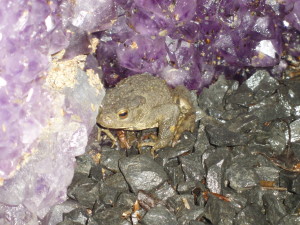 Here’s a toad I met at Jupiter Artland when I was writing the first draft. (In a wonderful cave made of purple crystals.) This toad was very helpful about posing for a photo, but didn’t move around enough for me to realise that TOADS DON’T HOP! So, one quick assumption I made years ago about how toads move, from my basic (basically wrong…) general knowledge about frogs and toads, resulted in a whole day’s work this week. Hence, the Toad Gait Scandal. Other things I’ve checked this week: But there was one other double check which resulted in even more than a day’s work, because it affected all three books of the trilogy. I had to double check a hare’s field of vision. I knew it would be wide, but I hadn’t realised how wide. It turns out that hares can see almost the whole 360 degrees around them, with just small blindspots to the front and back. Which makes them very hard to sneak up on, and meant I had to rewrite almost all my chase scenes. Perhaps I have a blindspot about wildlife research? So, that’s the fact checking done. Now I just need to have one more readthrough for silly typos, then the book will be ready for my editor next week. Which is very exciting. But even more exciting is that in a few months, the book will be ready for YOU! |
| Oct 21 |
Archive for the 'Research' CategoryIs writing a book just like telling a big lie?The best question I’ve been asked by a young reader at a book signing this year: “Is writing a book just like telling a big lie?” I answered, “YES! Yes it is! It’s fantastic! And you completely get away with it, because you’ve ADMITTED you’re telling a big lie! Because that’s what ‘once upon a time’ means…” “Making stuff up is lying,” I said cheerfully, “and I’m quite open and clear and delighted about that! So yes, writing a book is exactly like telling a big lie!” And my answer made him happy. (Or, at least, made him go away looking thoughtful…) But was my answer correct? Do I really think that I’m lying when I’m writing a novel? Because, in my heart, I believe I tell the truth in my books. I set up a system of magic, and I stick to it rigorously. I create characters, and I let them do what is right for them (which is often extremely inconvenient.) I sometimes have discussions (arguments!) with editors, when I’m fighting for what feels TRUE for that story. I might say “no, we can’t do that, because Yann would never do that, or Helen would never say that.” And my editor knows what I mean – even though these characters are just words on a page, they still have to act consistently, in a way that seems true to the reader. So there is truth, in that long, extended, totally made up lie. For example, at the very end of First Aid for Fairies, one of my characters does something extremely brave, essentially sacrificing himself to save his friends from a monster. I set that scene up. I sent the monster after them, I locked the door to block their exit. I created the (entirely fictional!) situation. But I couldn’t have forced the character to make that choice, to do that dangerous and brave thing. That could only happen, and could only feel true within the huge lie of the novel, because he was a character whose loyalty and bravery we already believed in. And in the novel I’m finishing just now, I have a huge decision to make, about a choice the main character is going to make at the very end of the story. But even though I’m the writer, I’m not going to make that choice. Molly is going to make that choice, because it has to be the choice that is true to her, true to the character that I admit I’ve made up, but who has become real over the course of the three books I’ve written about her. So, yes, a novel is a lie, but I think it’s an honest lie. It’s also a lie that a writer puts a lot of effort into making convincing, at exactly the same time as admitting it is a big lie… (Look at this shiny cover! Look at these chapter headings! This is a story! It’s not real!) But we still need our stories to feel real, to feel true. That’s why I do so much location research, to make my books seem real. Even if I’m writing about magic spells and monsters, I need the book to have convincing settings and characters. I need the lie to feel true, so that you the reader care about the story, care about the characters, and keep reading to find out what happens next. Because while you are reading, it feels real. Even though you know it’s not real. It’s a big lie, and you know it’s a big lie, but you still enjoy it! If it didn’t feel real, because you know that location and you know the cave doesn’t go that deep into the earth, or the castle door doesn’t look like that, then suddenly you’d be reminded that it was a big lie, which would knock you out of the story. So that’s why even though a novel is a big lie, and even though I ADMIT it’s a big lie, I still make sure it’s a convincing big lie… If stories are big lies, then they are big lies that we as writers make as true as we can, and big lies that we as readers seem to need… Right, I’m off to write another chapter of a great big huge exciting lie… What a brilliant job! |
| Oct 03 |
Archive for the 'Research' CategoryWhy do we love shapeshifters?I LOVE stories about shapeshifters. I’ve made up a few shapeshifter stories myself: Rona, the selkie in the Fabled Beast Chronicles, regularly shifts from girl to seal and back again. And Rona was the first character, apart from Helen, who got her own point of view chapters and heroic action, in Storm Singing. Those scenes were some of the most challenging I’ve ever written, because I had to imagine myself as a creature of a completely different shape, with completely different abilities. Also thinking about why and when Rona would choose to shift from one shape to another was fascinating. (It usually came down to the use of hands …) Most of my shapeshifting knowledge and lore comes from old stories, and a remarkably high percentage of my favourite traditional tales are about shapeshifters. When I collected my favourite Scottish folktales and legends in Breaking the Spell, four out of the ten tales were about shapeshifting of some kind or another. In Girls, Goddesses and Giants, my collection of heroine stories, my favourite baddie (who is defeated by my favourite heroine) is a shapeshifting demon. And The Tale of Tam Linn, a retelling of my favourite Scottish fairy tale, illustrated by the magically talented Philip Longson, is also about shapeshifting – a boy who is stolen by the fairies, and then turned into lots of different Scottish animals (stag, wolf, wildcat…) to try to prevent a girl from rescuing him. Now, I’ve followed the logic of that path, and written a whole collection of shapeshifters. Serpents & Werewolves is a collection of fifteen of my favourite shapeshifter stories… illustrated by Francesca Greenwood’s stunning silhouettes. There’s a frog, who doesn’t get kissed, and a dragon, who does. There are several werewolves: a goodie werewolf (sort of), some baddie werewolves (definitely), and a werewolf cub, who was great fun to write. There are escaping fish and diving birds and tricky foxes, a very large serpent and a very tiny caterpillar, and all of them change shape as the story goes on… As with all the collections I write, some of these stories are ones I’ve loved and told for years. But some of them are new discoveries for me, as I researched shapeshifting tales, looking for stories that I wanted to get to know, from lots of different places, about lots of different animals. And I found, as always, that researching and writing a book threw up more questions than answers: Why does almost every culture in the world have stories about people changing into animals, and animals changing into people? Why do we want (or need) to imagine something human in animals, and something animal in humans? Why do we like to imagine ourselves with the strengths (and weaknesses) of animals? Is it shapeshifting a superpower or a curse? At a logical level (because I like my magic logical…) if you shift into something much bigger or much smaller than your human self, where does the extra bulk come from, or go to? And what animal or bird what would I like to turn into… ? My fascination with shapeshifting hasn’t ended yet! I’m still asking those questions, and I’m still writing about shapeshifters… I can’t give too much away just yet, but in the trilogy of novels I’m working on, the main character is a slightly reluctant shapeshifter… So right now I am having great fun writing about creatures much smaller and much faster than I usually do. So, there are more shapeshifters to come! And if you want a wee taste of the stories in Serpents and Werewolves, here is a sample put online by my publishers…. |
| Dec 20 |
Archive for the 'Research' CategoryThe nocturnal writerI can’t stop writing for Christmas. Not just because I have a huge number of deadlines (I do! I have a picture book text and a collection of shapeshifter stories due in January, and a collection of Viking stories due in February, and an entire novel to write before the summer) but because once I am deep into a story, I have to keep writing it. I have to live inside a story, keep it at the front of my head, move it forward every day. And to do that properly I can’t take a break from it. Days off here and there are fine. But not a three week break over Christmas. Picking it all back up in January once the schools are back would be like starting the book all over again, trying to remember the feel and the excitement and the characters’ voices and the rules of that particular magical world, after a prolonged holiday from it. I have returned to novels after a long break before, but it’s time-consuming getting back into the story and I don’t have time to waste this coming year. Therefore, I can’t stop writing for Christmas. But everyone else in my family is on now holiday. So I’m becoming a nocturnal writer. I try to do most of my writing during the day, during daylight hours. Full writing days at home if I can manage it, or nice big chunks of writing when I’m travelling to do author events. But I’ve always written at night as well. First Aid for Fairies But if I want to meet these early 2015 deadlines and if I want to keep this novel moving forward at pace (one of my main characters has just revealed a very dark secret, and I want to keep that tension building!) then I’m going to have to become a truly nocturnal writer. I’m going to stay up later than everyone else each night, and write for at least an hour. That’s probably when I’ll do the final research and final edits for the manuscripts which are due to be submitted next month. And I’m going to set my alarm very early every dark cold morning, and get up and write for a couple of hours before anyone else in the house is awake. That’s definitely when I’ll keep the novel rattling on. And of course, during the day, I’ll be a mum. Delivering Christmas cards, doing last minute shopping, wrapping Christmas presents, baking, visiting family and friends, playing card games, going for walks, having fun with my kids. Maybe even lying on the couch reading the books I hope I’m going to find under the tree… But at night and in the morning, I’ll be writing. I have to, and I want to. Because the stories don’t ever seem to sleep! (And, yes, I do know that I need to sleep. But 5 or 6 hours a night is usually enough for me…) PS – I’ve just realised that sounds like I’m not actually going to take a break at all! Which would be daft and unhealthy and not help my creative process in the slightest. I am taking a break over Christmas. Because the most tiring thing I do as a writer is not writing, it’s travelling all over the country to talk to kids about stories. (I love it, but it can be tiring!) And I’m not doing that for the next few weeks. Just time with my family during the day and time with my stories at night. That will feel like a holiday. Hope you all have a lovely relaxing break too! |
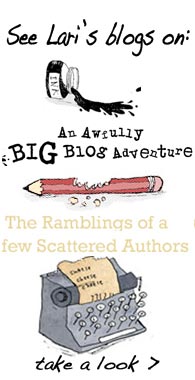
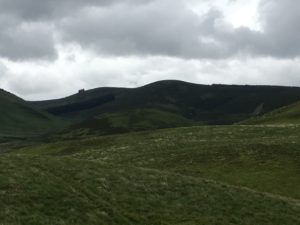

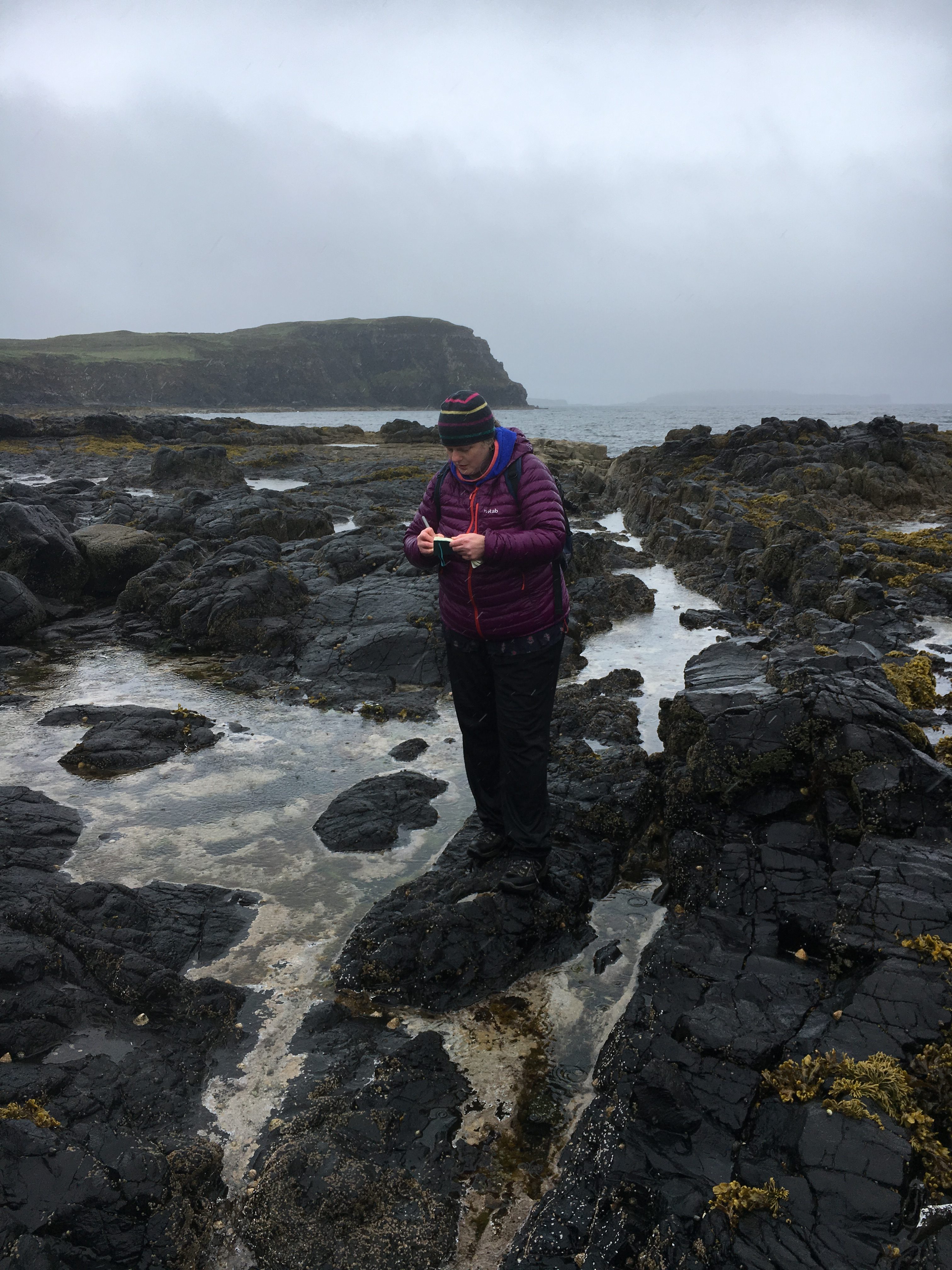
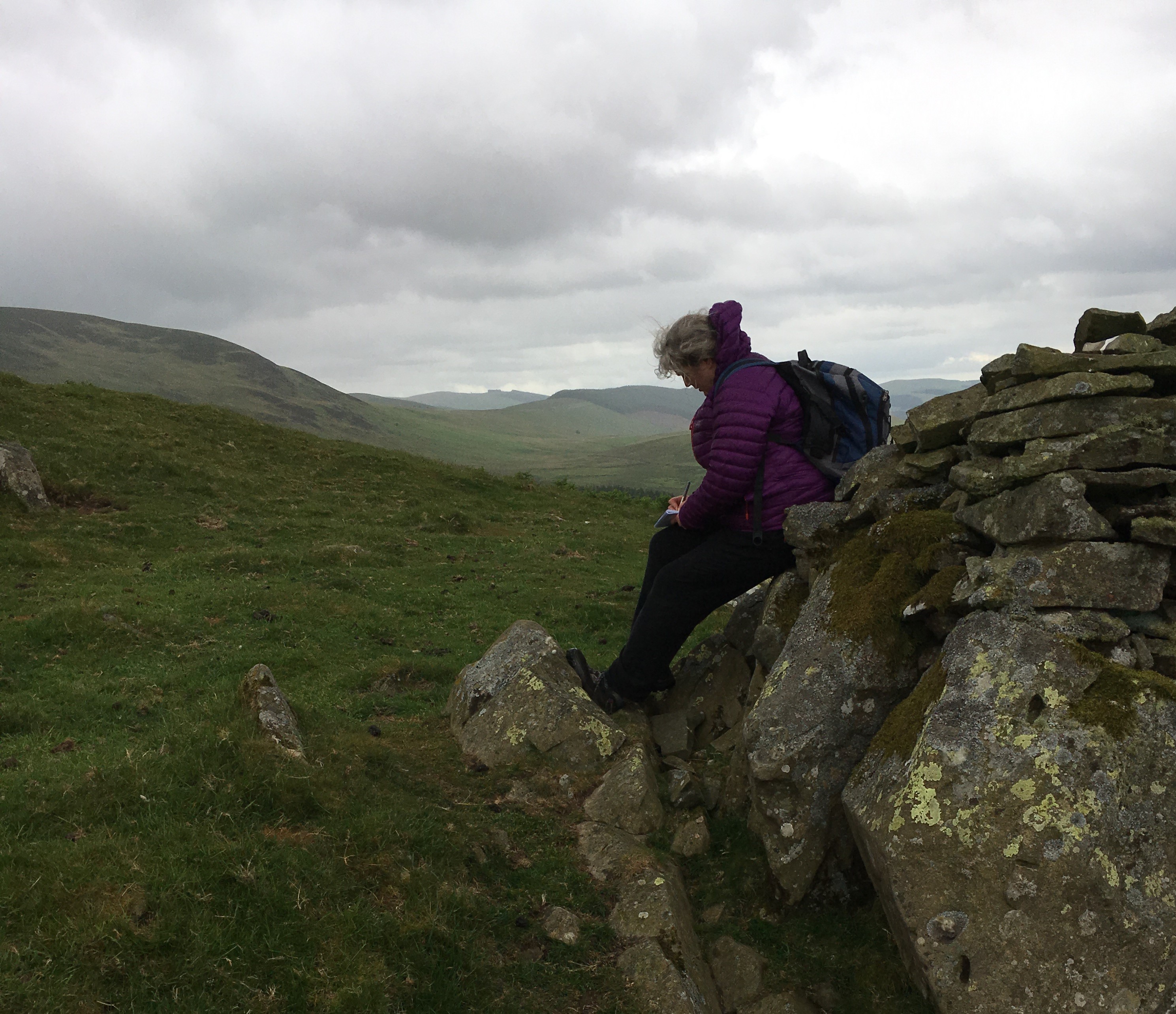
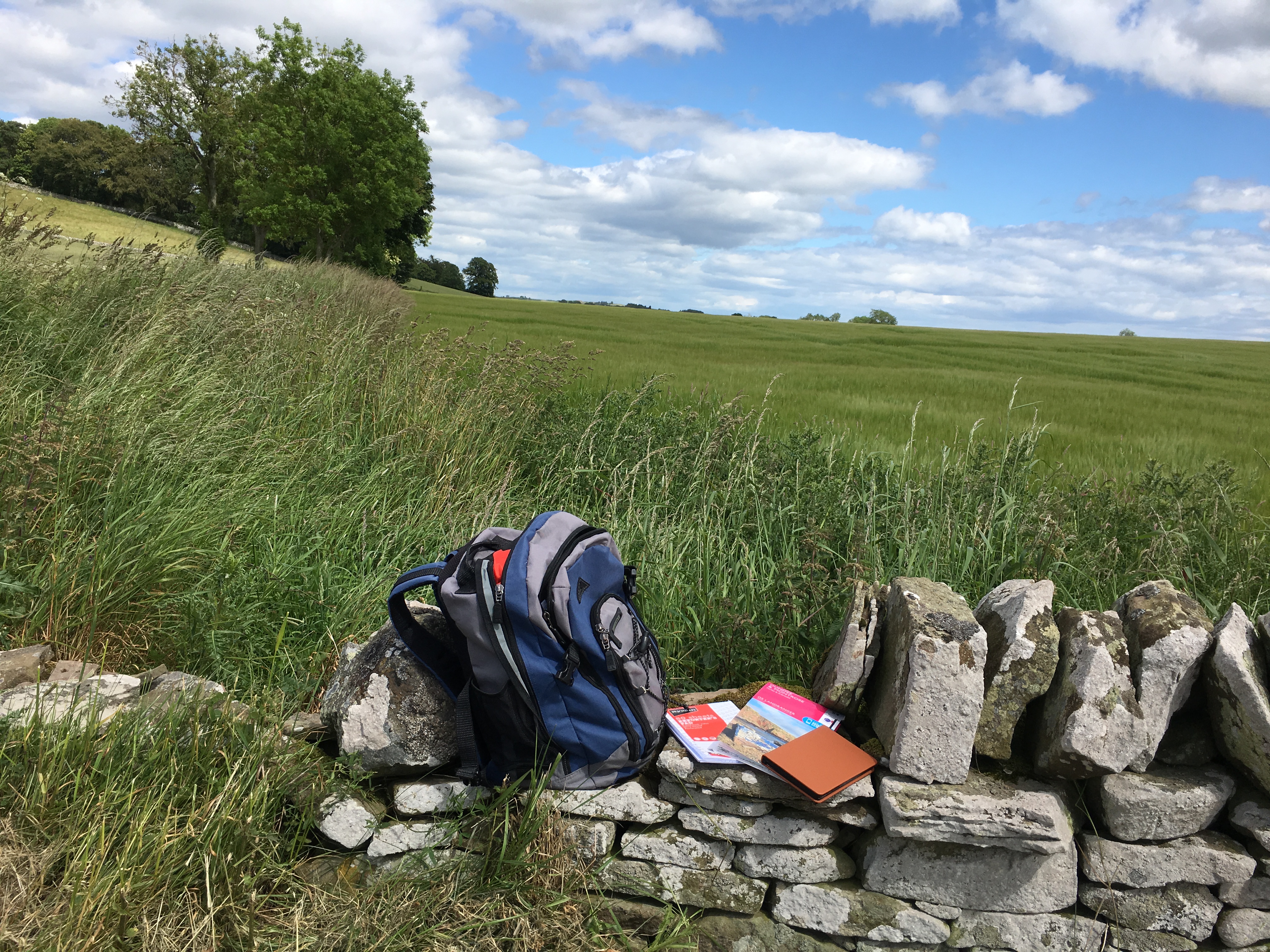
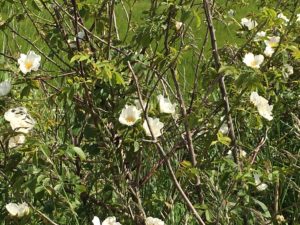
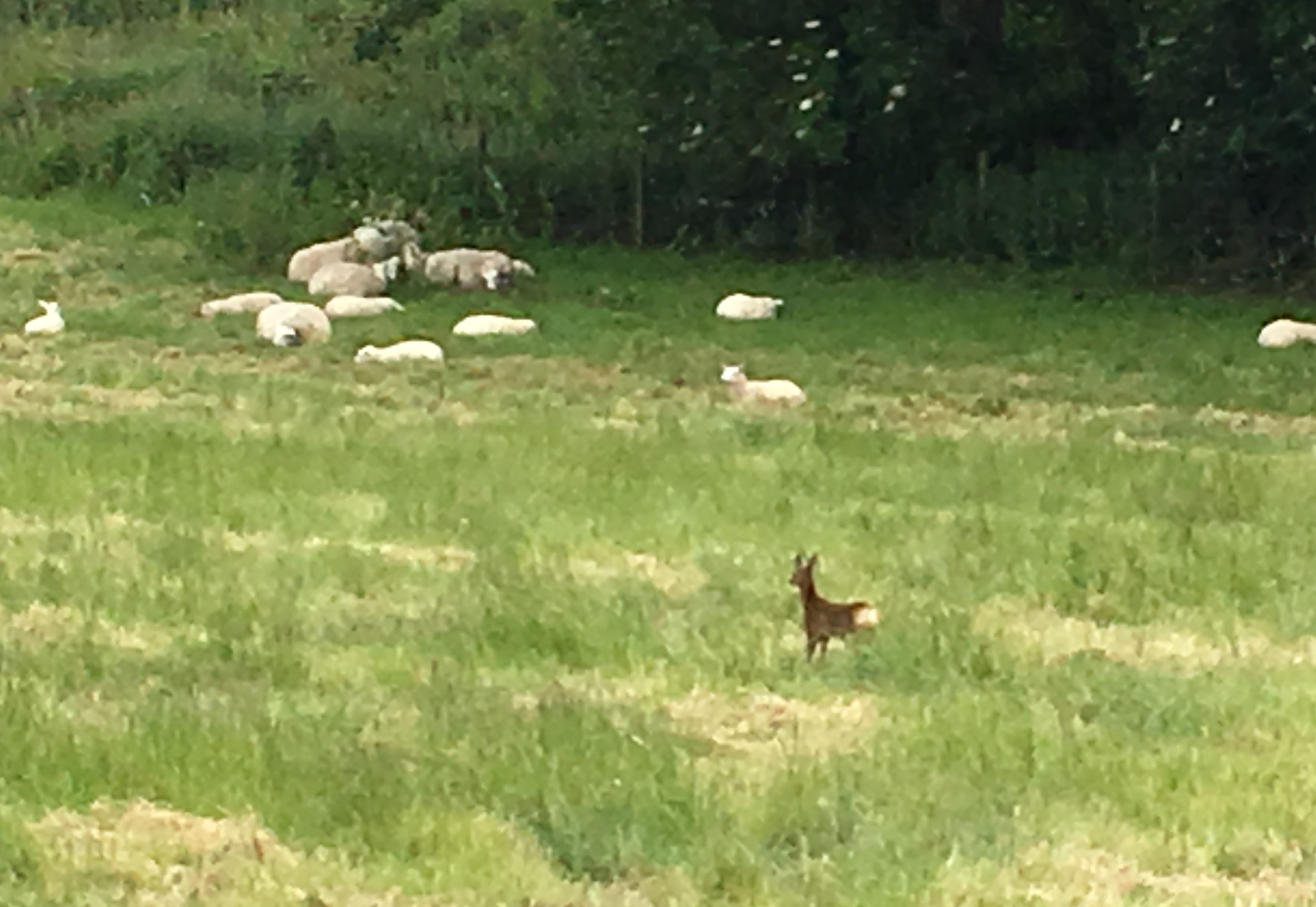
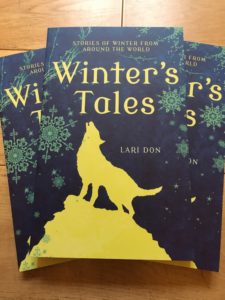
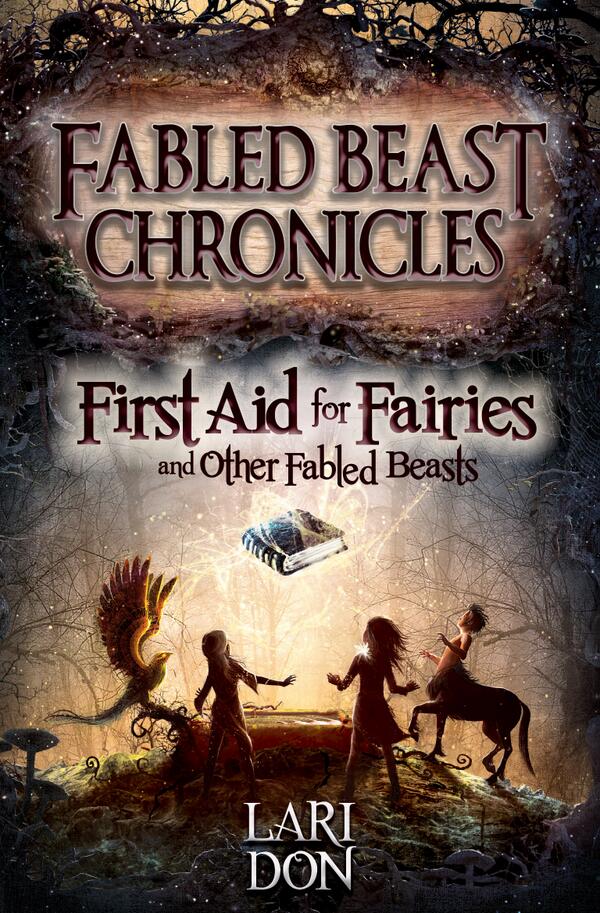
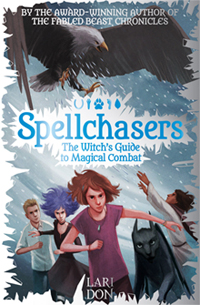

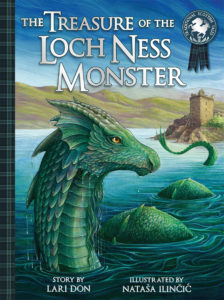
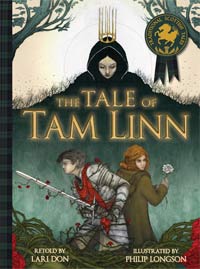
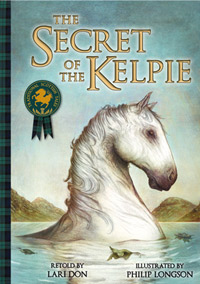
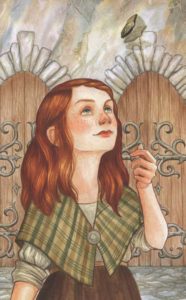
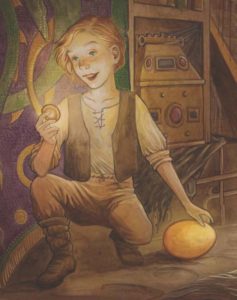
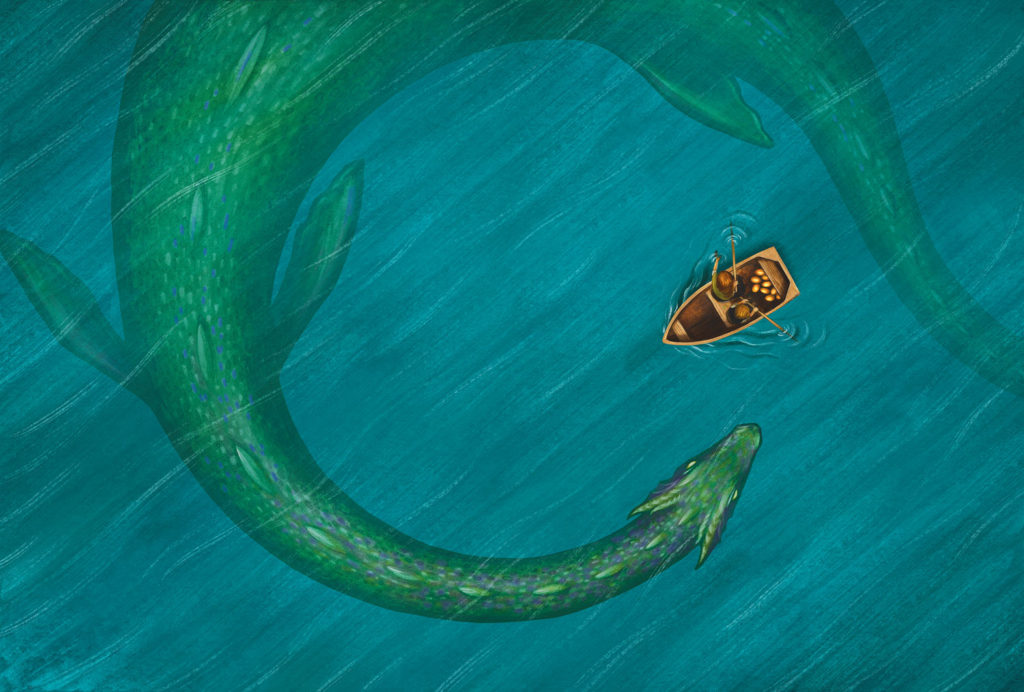
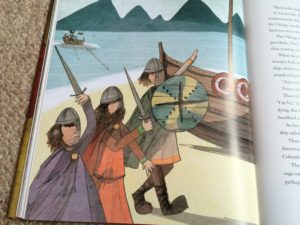
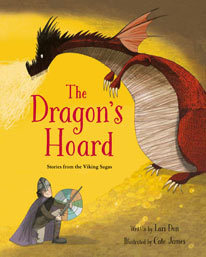
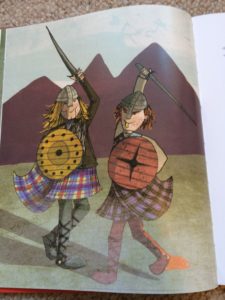
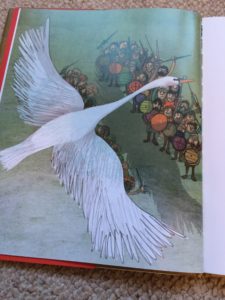
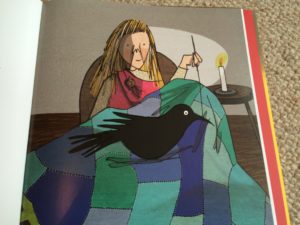
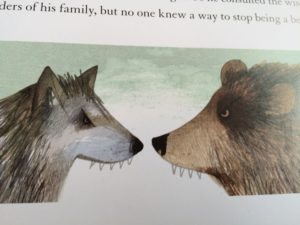
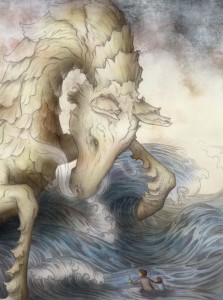
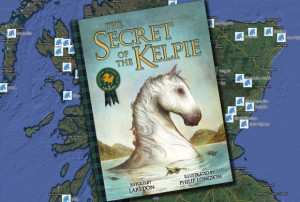
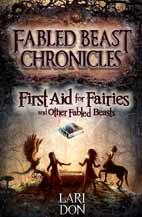
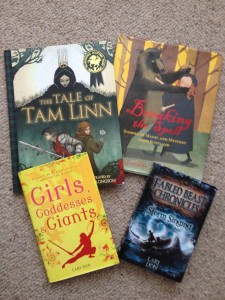
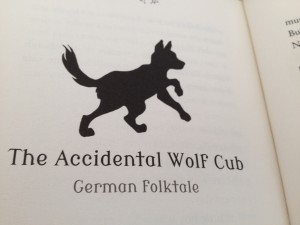
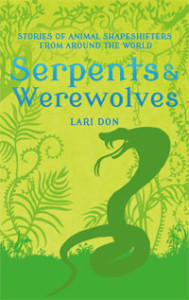
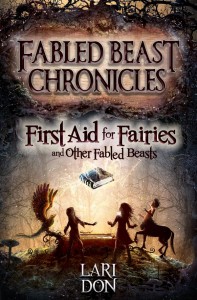 was mostly written at night when my kids were asleep. But they were much younger then, so they were asleep by about 8 o’clock at night. Now, writing at night often means writing at midnight. I still do that, a couple of times a week, to meet deadlines, and to keep the stories alive in my head.
was mostly written at night when my kids were asleep. But they were much younger then, so they were asleep by about 8 o’clock at night. Now, writing at night often means writing at midnight. I still do that, a couple of times a week, to meet deadlines, and to keep the stories alive in my head.
Recent Comments